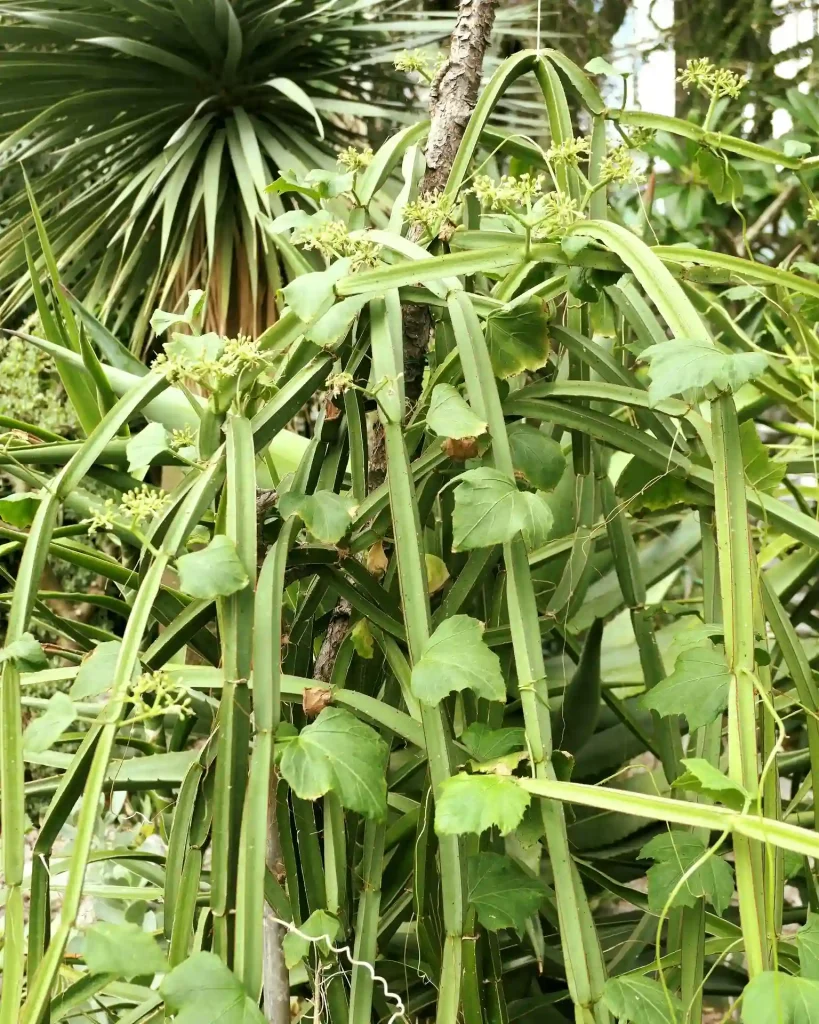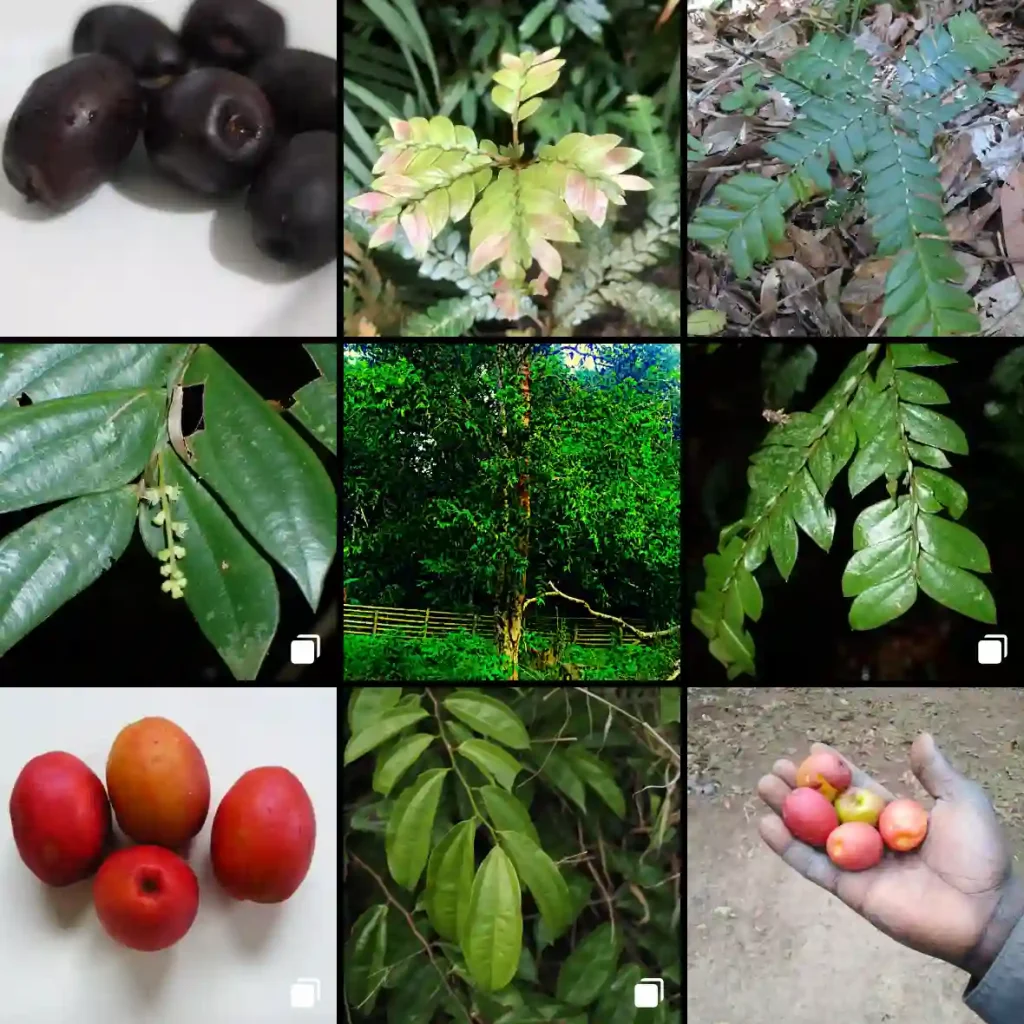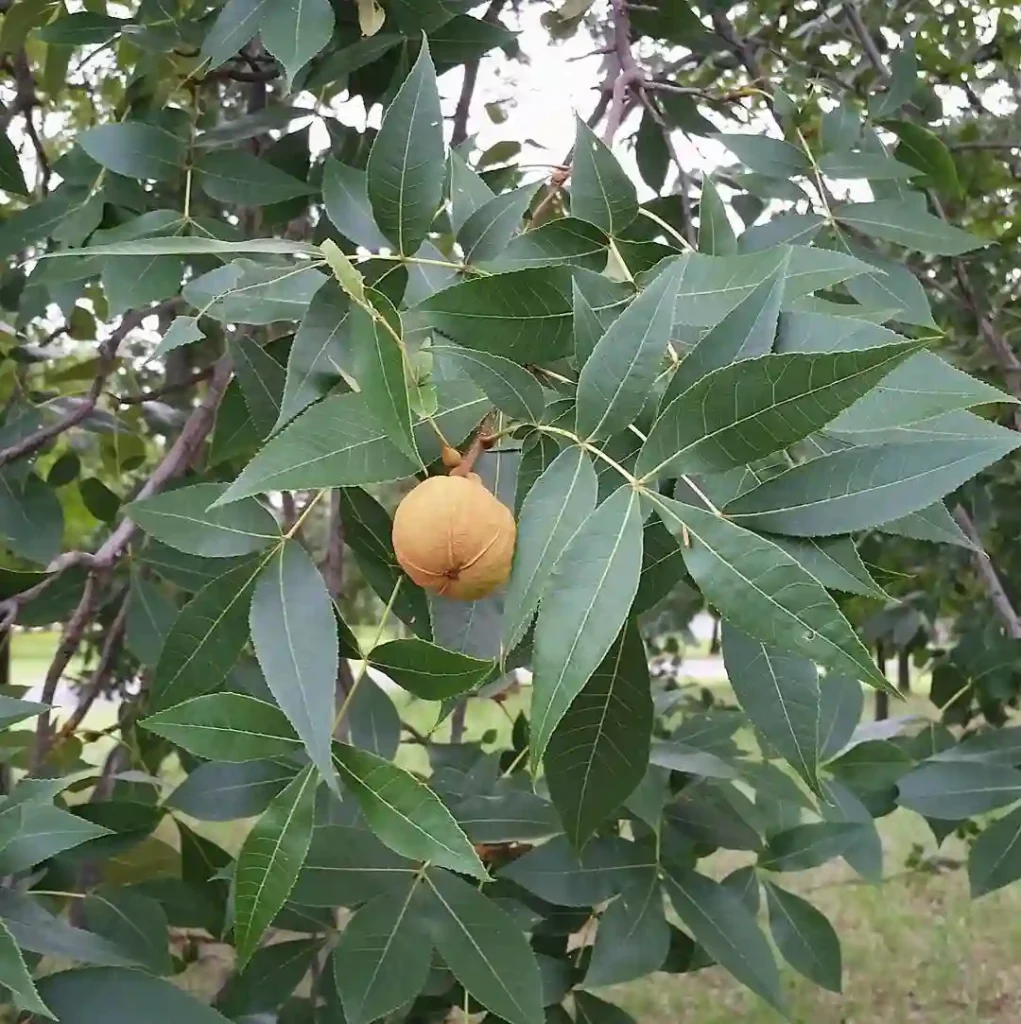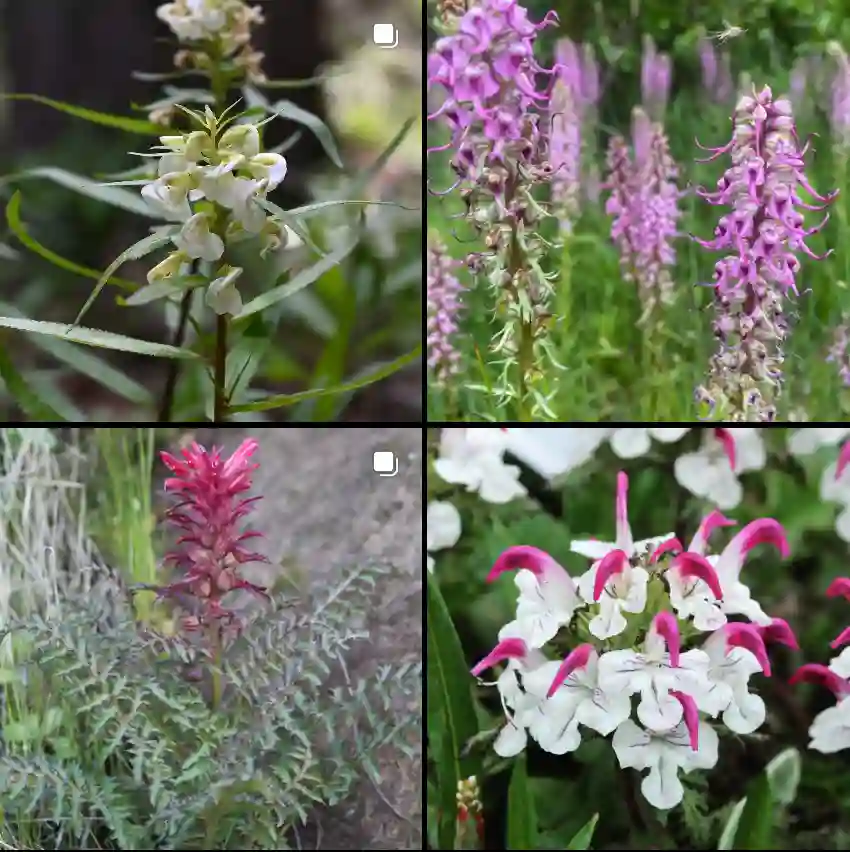Exploring the Putranjivaceae Family: A Personal Journey
As an avid plant enthusiast, my journey through the world of botany has led me to the intriguing family of Putranjivaceae. This family, while lesser-known compared to others, boasts a rich diversity that captivates my interest. Let me take you through my exploration of this fascinating family, delving into its genera, characteristics, and significance.
What is the Putranjivaceae Family?
The Putranjivaceae family, commonly referred to as the Putranjivaceae, encompasses a range of flowering plants that fall under the order Malpighiales. Originating from tropical and subtropical regions, these plants exhibit remarkable adaptability to various environmental conditions.
My fascination with this family started when I stumbled upon a Putranjiva roxburghii specimen during a visit to a botanical garden. The tree’s striking green foliage and unique fruit caught my eye, igniting my curiosity about the family as a whole.
Notable Genera in the Putranjivaceae Family
Putranjiva
Putranjiva is perhaps the most recognized genus within the Putranjivaceae family. It comprises about 10 species, with Putranjiva roxburghii being the most prominent. This genus is native to tropical regions, particularly in Southeast Asia and the Indian subcontinent.
In my experience, the Putranjiva roxburghii tree is not only visually appealing but also has practical uses. Its wood is often utilized for construction and furniture making, showcasing the versatility of this genus. Additionally, the seeds of this tree have been traditionally used in folk medicine, adding to its significance.
Drypetes
The Drypetes genus adds yet another layer of complexity to the Putranjivaceae family. This genus consists of about 40 species, predominantly found in tropical and subtropical regions.
One of the species I found particularly captivating is Drypetes littoralis. I remember observing its glossy leaves and aromatic flowers during a botanical expedition. The flowers are not only a feast for the eyes but also attract various pollinators, emphasizing the ecological importance of this genus.
Ecological and Economic Significance
The Putranjivaceae family plays an essential role in both ecological and economic contexts. Many members of this family serve as important components of their ecosystems, providing habitat and food sources for various wildlife species. For instance, birds and insects are often drawn to the fruits and flowers of Putranjivaceae plants, highlighting their role in promoting biodiversity.
Economically, these plants have various uses. As I mentioned earlier, the timber from Putranjiva trees is highly valued for construction and furniture making.
Conservation and Future Prospects
Despite their significance, many species within the Putranjivaceae family face threats from habitat loss and climate change. As someone who is passionate about plant conservation, I believe it is crucial to raise awareness about the importance of protecting these plants. Engaging with local conservation efforts and supporting sustainable practices can contribute to the preservation of this unique family.
In my quest for knowledge, I have realized that understanding the Putranjivaceae family goes beyond mere admiration; it involves recognizing its importance in our ecosystems and economies. This realization has motivated me to share my experiences and insights with fellow plant enthusiasts, emphasizing the need for collective action.
Conclusion
My exploration of the Putranjivaceae family has been both enlightening and inspiring. From the striking Putranjiva to the aromatic Drypetes, this family showcases the beauty and complexity of the plant world. As I continue my journey, I remain committed to advocating for the conservation of these remarkable plants, ensuring that future generations can appreciate their significance.
Through this personal narrative, I hope to encourage others to explore the wonders of the Putranjivaceae family and to recognize the vital role these plants play in our natural world. Whether you are a seasoned botanist or a curious beginner, there is always something new to discover in the world of plants.
If i die, water my plants!



